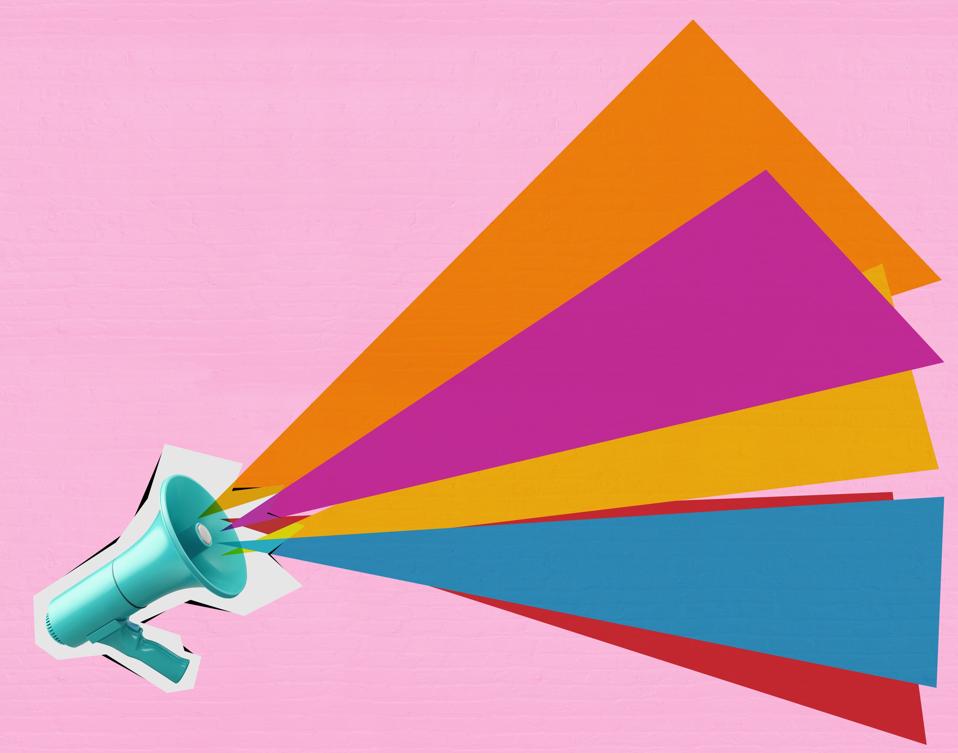
To max out coverage for your invention, understand what PR is—and isn’t
Humans are followers. They need to see that someone else is doing or saying something before they notice it—let alone buy it. The press is the same.
BY ALYSON DUTCH
I can’t tell you how many times our PR company has received calls from a company that is a month away from a launch—or, worse yet, just launched and needing a publicity campaign.
PR is often the first marketing method used for a product or service launch because it is so far-reaching, the objective reportage sets a credibility tone, and it can be very inexpensive. In the world of marketing methods, publicity also happens to be the No. 2 form of any marketing (word of mouth is No. 1).
Publicity can be many things, but a feature that makes it particularly valuable is the art of persuading media to report about something objectively without bias or payment. A good publicist will shape stories around a product and choose the right press that is seen, heard or listened to by your customer.
What publicity is not: Publicists are often highly skilled storytellers who have relationships with reporters. Those relationships, however, do not usurp the necessity of a newsworthy story.
What is a story?
Talking about what a company does, makes or how it made something red that was blue in the past is not a story. If a company is the first to market to solve a problem, that may be newsworthy. A story is finding a trend or way that this product is solving a problem that is already covered by the media.
Match trends with stories
Publicity takes time. At first, a good publicist will research your company and industry and pick out trends in the marketplace that match.
For a global meeting conference software that has a dropdown menu for 100-plus languages, one story is about global business challenges. There may also be a story about how the founders who are immigrants brought their international knowledge to the marketplace.
Other stories are based around their business: Who are their clients that appeal to reporters being pitched? Are their clients such impressive names that it’s surprising they became clients in the first year of business? If yes, that’s definitely a very important story.
The next thing a publicist will do is write press kit materials that present the story in a way he or she knows the media will understand. In most cases, this writing is very different from corporate writing. It’s not written in jargon and vernacular; it’s written in a way that tells a story.
Using the same example above, KUDO (featured elsewhere in this month’s Inventors Digest) is a company that brings together thousands of interpreters who speak hundreds of languages with the videoconference dropdown menu software mentioned earlier.
There are some incredible stories behind the development of this software that are rare and interesting. The company’s cofounders have been the main figures that make interpretation happen in some of the biggest global meetings in the world. One of them was a chief interpreter for the United Nations!
These are the stories a publicist needs to tell.
Counterintuitive factors
More about timing: When a product or service is new, the more innovative it is, the longer it often takes to get the media to notice.
It also takes longer to get traction for a customer. This seems counterintuitive, but trust me on this.
Humans are followers. They need to see that someone else is doing or saying something before they notice it—let alone buy it.
The press is the same. (This is even more illogical because in essence, news is, well, new. Trust me on this as well.)
A publicist is there to make noise. Without this, it’s like having a party and forgetting to send invitations. Who can you expect to show up?
A good publicist will shape different stories and send them to the same reporters many times, often before a reporter will finally say: “Hmmm, that’s interesting. I’ve been seeing your press releases and pitches. I finally have something in my news cycle that’s a fit.”
I call this the “Oh, yeah, I’ve heard of this” syndrome.
The PR timeline
So, at what point should you hire a publicist?
One should hire six months before a launch. If your product is in a known industry and something that has a big celebrity/VIP/killer client track record attached —making it far easier to get media coverage—three months will suffice.
You should plan for publicity to actually land when the product is available to buy. This is ideally 3-6 months after the pitching begins.
The first month of a publicity engagement is usually spent writing materials such as fact sheets, historical backgrounders, executive bios, timelines, creation of infographics and press releases.
Press releases are important. If a PR outlet tells you that press releases are dead, do not make the hire. If you do, don’t expect that organization to be able to get your company publicized in a way that matches what you need for your business.
A publicist will write the materials and then go back and forth with the client for approvals and polish. If you’re lucky, this might be three weeks.
Then the first press release goes out to lists the publicist thoughtfully prepares to match a company’s business goals. The pitching begins, which is the lion’s share of effort a publicist expends every day.
A talented publicist will shape these stories for every single reporter to whom he or she delivers a pitch. You may think that a tech story is just for tech reporters, but the way a tech reporter at the Wall Street Journal reports varies from the way Business Insider or the Associated Press reports.
Always make sure you have rock-solid agreements about what you expect in that time, in writing. This is where relationships really are necessary.



